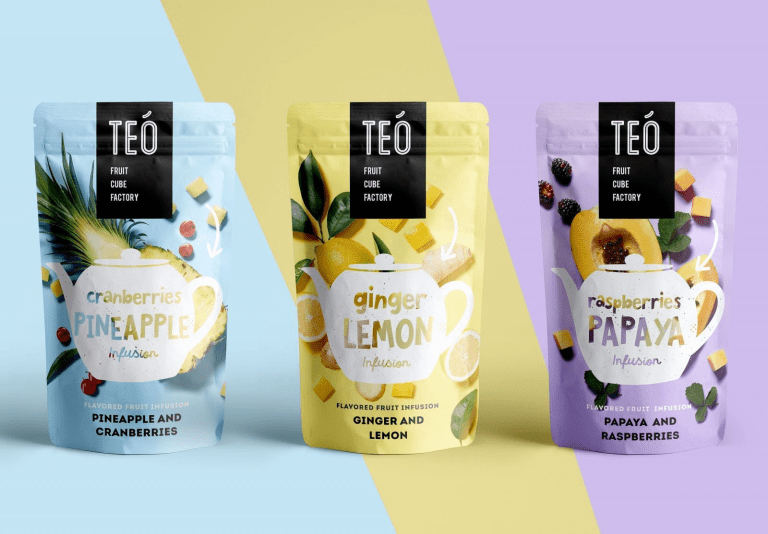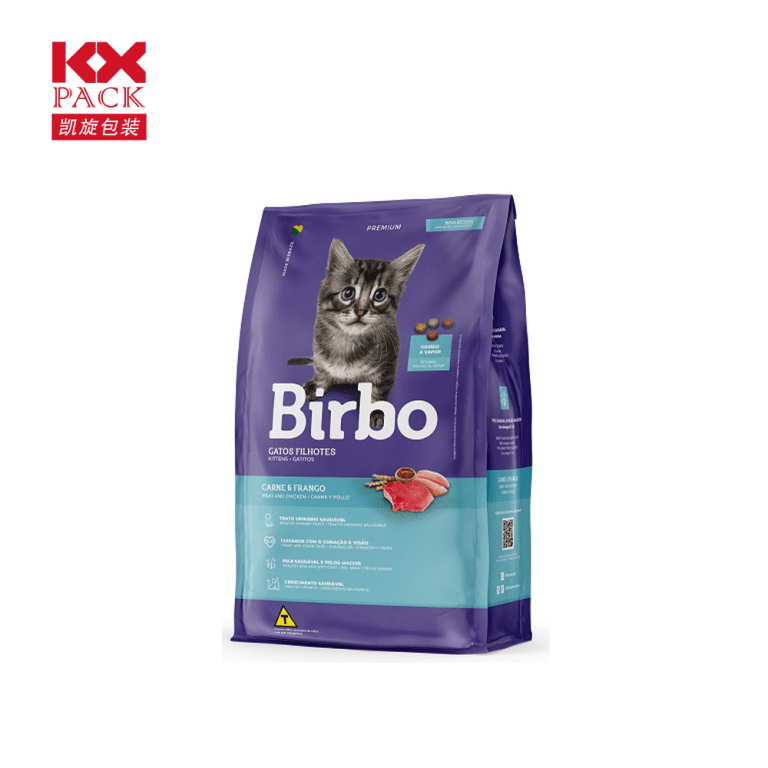1 Minuto de información sobre el envasado de alimentos para mascotas: Material, Guía de Clasificación y Compra
Las bolsas de envasado de alimentos para mascotas son contenedores similares a bolsas especialmente diseñados para envasar alimentos para mascotas., Diseñado y fabricado teniendo en cuenta las necesidades especiales de los alimentos para mascotas, así como los estándares de seguridad..
¿Para qué sirven las bolsas de envasado de alimentos para mascotas??
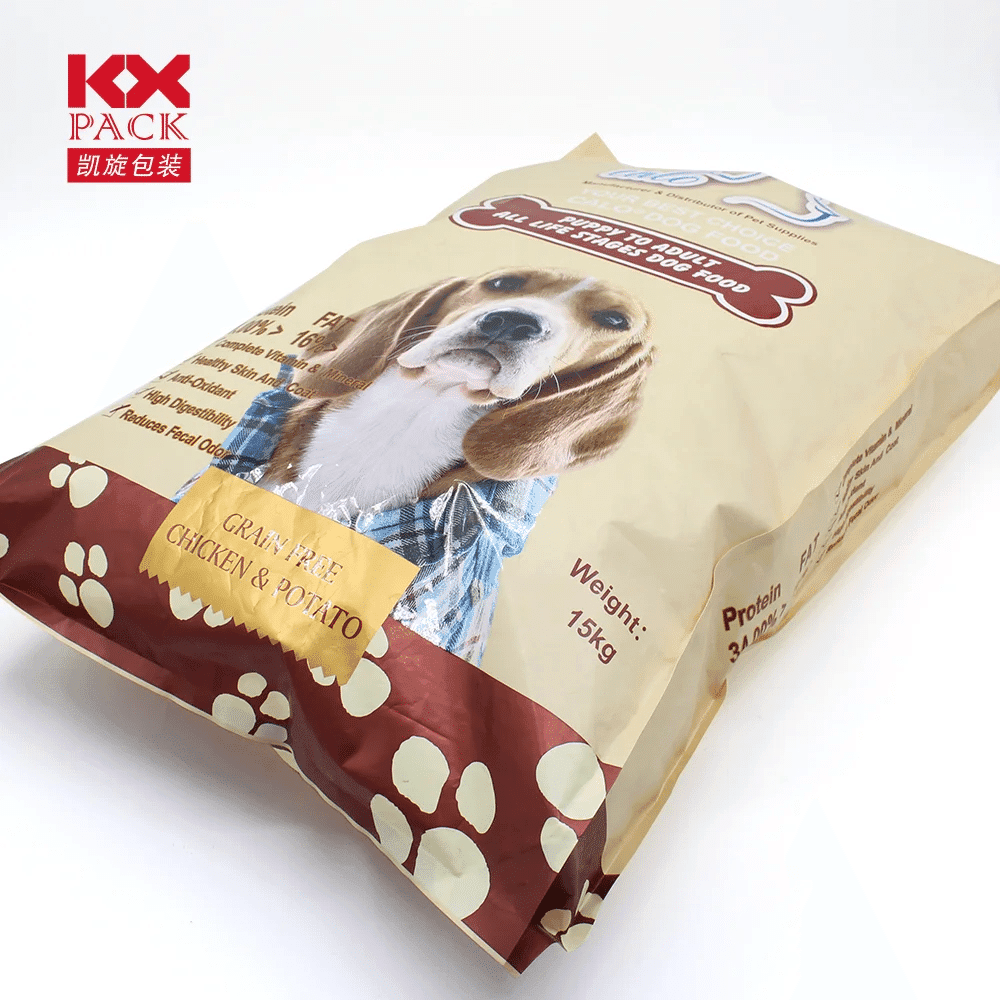
Frescura de conservación:El embalaje puede mantener eficazmente la frescura de los alimentos para mascotas, impedir la entrada de aire, moisture and light, and extend the shelf life of food.
Depollution:Packaging bags can prevent pet food from external contamination and ensure food hygiene and safety.
Easy storage:Bag-like packaging is relatively lightweight, easy to store and carry, and easy for pet owners to buy, store and use.
Material
Food grade material:Pet food bags are usually made of materials that meet food safety standards, such as food-grade plastic, paper or composite materials.
Non-hygroscopic material:Since pet food is often sensitive to moisture, packaging bags are usually made of moisture-proof materials to ensure the quality and taste of the food.
Tear resistant material:To prevent pets from damaging the bags while playing or storing, some bags use rip-resistant materials that increase durability.
Seguridad
Harmless material:Pet food packaging should use harmless, non-toxic materials to ensure the safety of pet food.
The product must be up to standard:Packaging should be manufactured and designed in accordance with relevant food safety and hygiene standards, which helps safeguard the health of pets and pet owners.
Easy to clean:The surface of the packaging bag should be easy to clean to prevent the breeding of bacteria or other harmful substances.
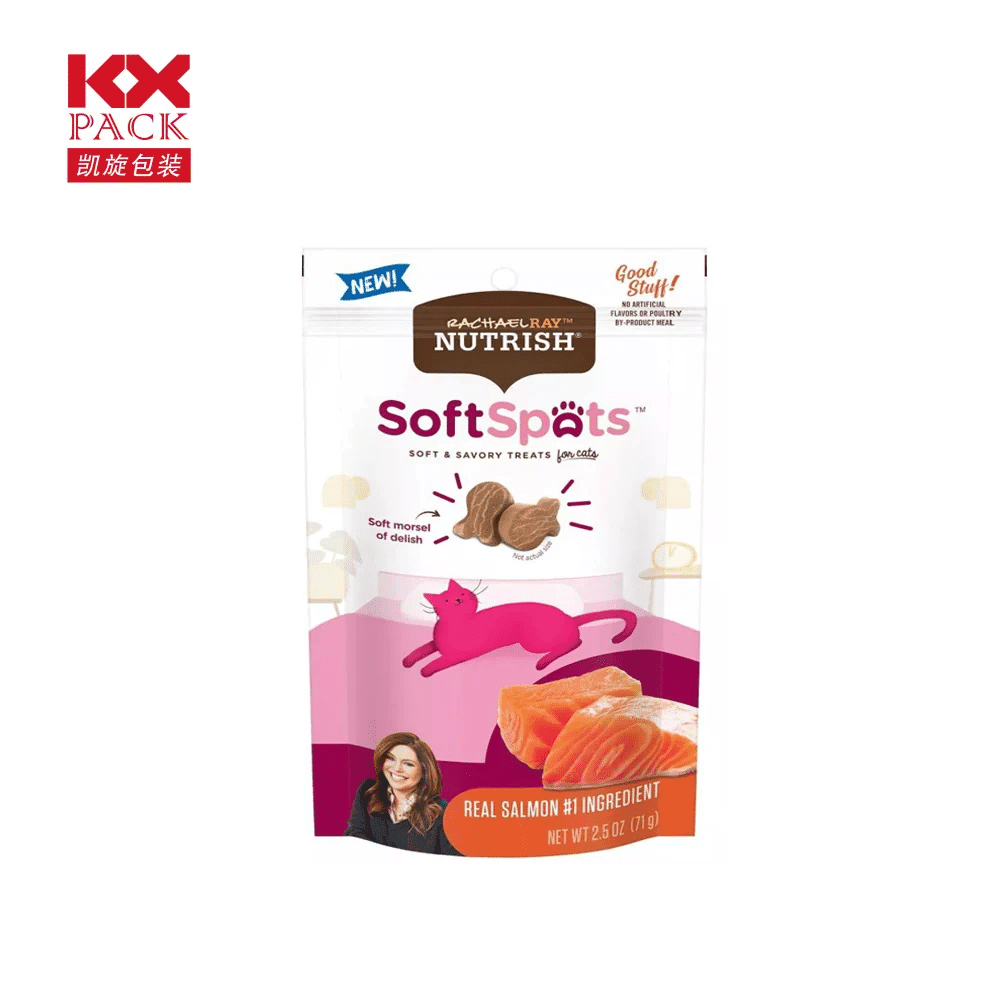
Classification
Pet food packaging bags can be classified according to multiple factors such as material, shape, and function. Here are some common categories of pet food bags:
Material classification:
Plastic bags: including polyethylene (EDUCACIÓN FÍSICA), polipropileno (PÁGINAS), poliéster (MASCOTA) y así. These plastic bags can be single layer or composite material with good sealing and moisture resistance.
Paper packaging bag: made of paper, often used for dry pet food. Can be ordinary paper bags or coated paper bags, to provide a certain degree of moisture resistance.
Shape classification:
Self-supporting bag: has a certain three-dimensional structure, can stand on its own, convenient display products.
Flat bag: Flat design, suitable for dry granular pet food.
Functional classification:
Vacuum packaging bag: suitable for the need to extend the shelf life of pet food, through vacuum sealing to reduce the contact of oxygen, prevent food oxidation deterioration.
Moisture-proof packaging bag: For moisture-sensitive pet food, moisture-proof materials are used to effectively keep the food dry.
Easy to tear packaging: For pets may bite through the packaging during use, the use of tear resistant design, increase durability.
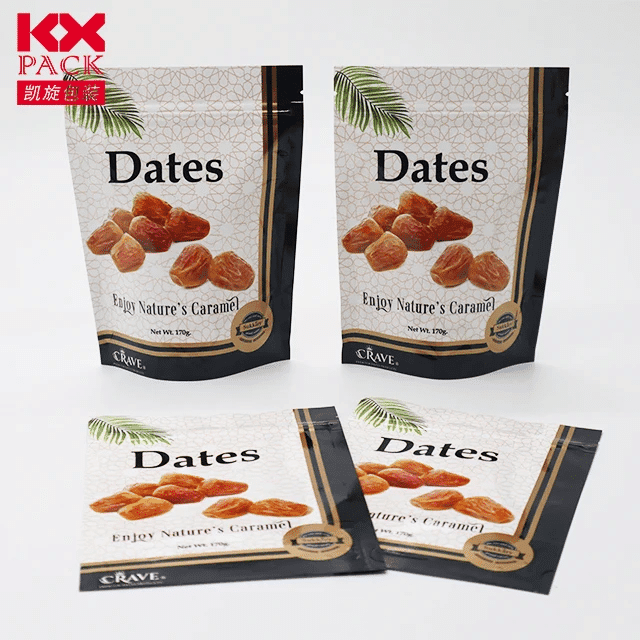
Object classification:
Dog food packaging bag: designed for the characteristics of dog pet food packaging bag.
Cat food packaging bag: designed for the characteristics of cat pet food packaging bag.
Small pet food packaging bag: suitable for mice, rabbits and other small pet food.
Environmental classification
Degradable packaging bag: The use of degradable or recyclable materials to reduce the impact on the environment.
The above classification is only a few common, in fact, the classification of pet food packaging bags can also be more segmented according to market demand and innovative design. Choosing the right pet food packaging helps to ensure the quality and safety of the food while providing a convenient use experience.


